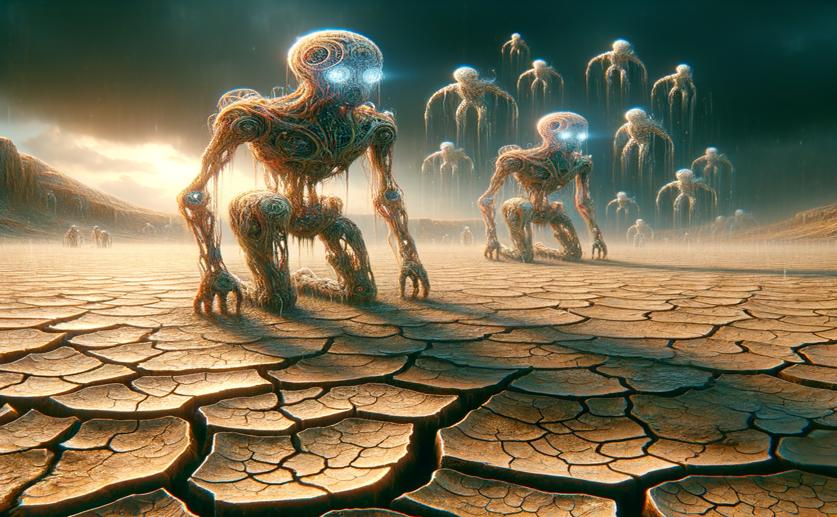
Understanding How AI Explains Soil Life's Reaction to Drought
Greg Howard
30th May, 2024

Image Source: Natural Science News, 2024
Key Findings
- The study by Computomics GmbH used machine learning to identify soil bacterial changes that signal drought stress
- Early detection of these changes can help farmers take timely action to reduce crop losses
- The machine learning model showed high accuracy in classifying drought-stressed soil, offering a proactive solution for managing agricultural risks
References
Main Study
1) Interpretable machine learning decodes soil microbiome’s response to drought stress
Published 29th May, 2024
https://doi.org/10.1186/s40793-024-00578-1
Related Studies
2) Climate change impacts on global food security.
3) Historical warnings of future food insecurity with unprecedented seasonal heat.
4) Impact of Climate Change on Crops Adaptation and Strategies to Tackle Its Outcome: A Review.
5) Global food security under climate change.
Journal: Proceedings of the National Academy of Sciences of the United States of America, Issue: Vol 104, Issue 50, Dec 2007



 3rd February, 2024 | Greg Howard
3rd February, 2024 | Greg Howard